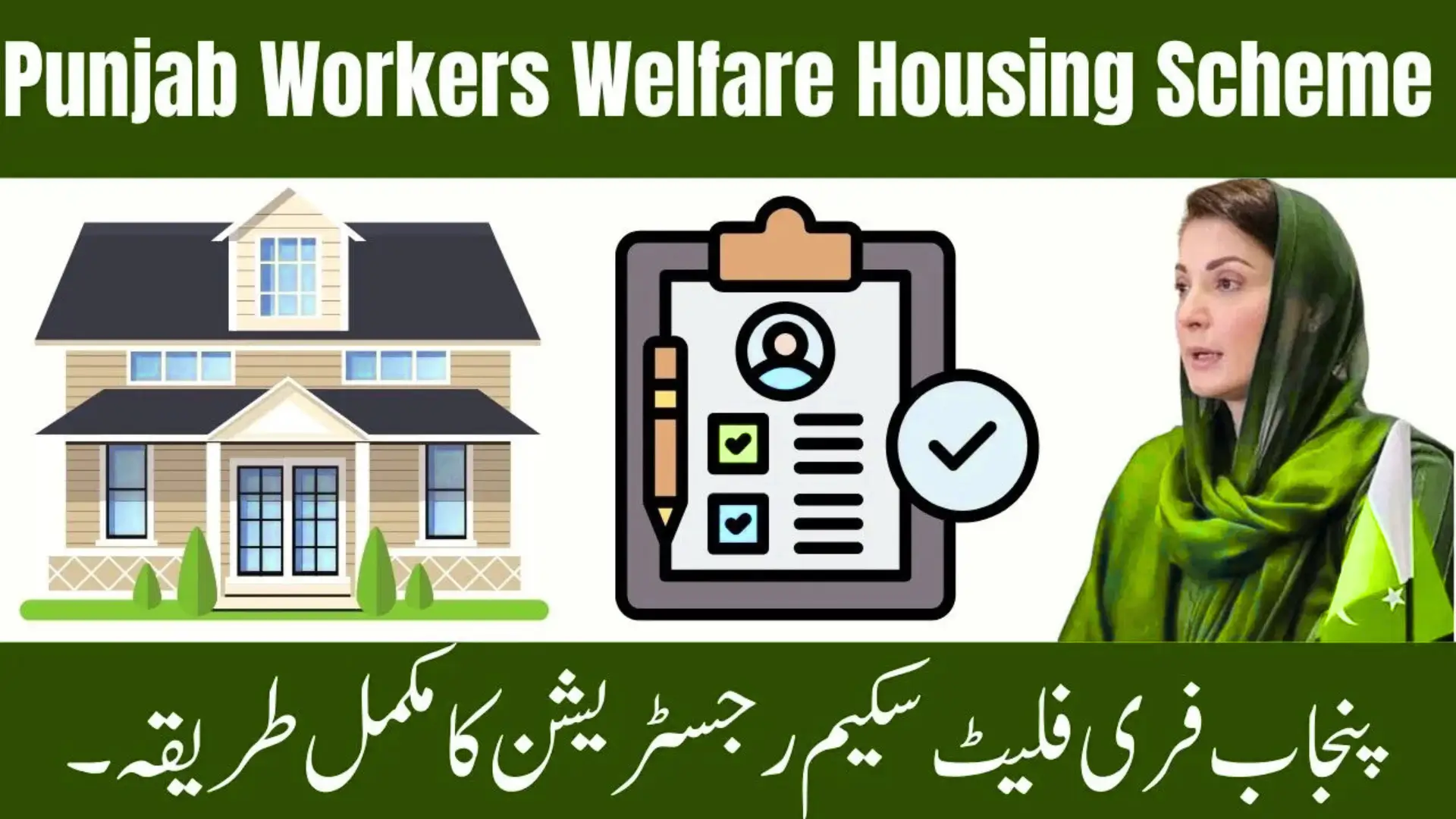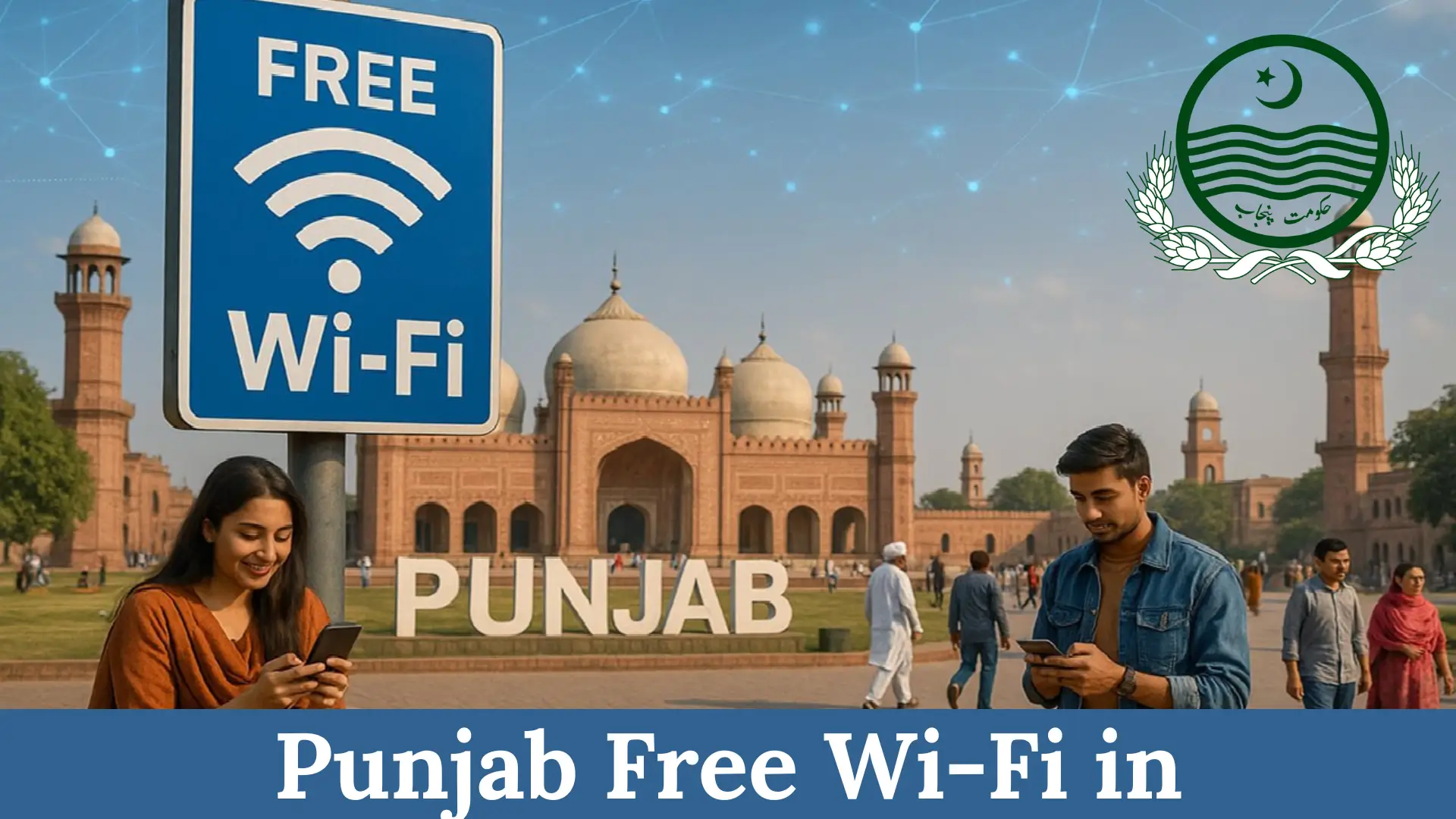Hunger and malnutrition are major barriers to education in Punjab, especially in rural and low-income areas. To combat these issues, Chief Minister Maryam Nawaz has introduced the School Meal Scheme 2025, offering free, nutritious meals to students in government schools. This initiative aims to improve health, enhance learning, and encourage higher school attendance.
If you’re a parent, teacher, or student, this guide explains everything you need to know about the CM School Meal Scheme 2025, from eligibility and benefits to how meals are distributed.
Why Punjab Needs the School Meal Scheme 2025
Many children in Punjab go to school without eating breakfast. This lack of nutrition affects their focus, health, and ability to learn. According to studies, malnutrition leads to poor academic performance, stunted growth, and weak immunity.
The School Meal Scheme directly addresses these issues by ensuring that every child receives a balanced, healthy meal daily. It’s not just about feeding students, it’s about building a stronger, smarter, and healthier generation.
Key Features of the CM School Meal Scheme 2025
Here are the main highlights of this landmark program:
- Free nutritious meals for all students in selected schools
- Balanced diet including rice, lentils, vegetables, milk, and seasonal fruits
- Focus on rural and low-income urban schools
- Supervised by the Health and Education Departments to ensure quality
- Phased expansion plan to cover all government schools across Punjab
Eligibility and Coverage
The School Meal Scheme 2025 will start in September 2025, with implementation in phases.
Who is eligible?
- Students enrolled in government primary and middle schools
- Priority for children in rural areas and low-income families
- Schools chosen by the Punjab Education Department based on need
This stepwise approach allows the government to manage logistics efficiently while ensuring food quality and consistency.
Step-by-Step Meal Distribution Process
Wondering how the meals will reach your child? Here’s how the process works:
- Meal Preparation: Food will be cooked in hygienic kitchens under supervision.
- Delivery to Schools: Meals will be transported fresh to participating schools daily.
- Distribution: Teachers and staff will distribute meals during break time.
- Quality Check: Health inspectors will regularly visit schools to monitor food quality.
This system ensures transparency, hygiene, and fairness in every step of the process.
Food Items and Their Nutrition Benefits
Each meal is designed to provide the nutrients children need for healthy growth and learning.
| Meal Item | Nutritional Benefit |
|---|---|
| Rice and Lentils | High in protein and energy |
| Vegetables | Rich in vitamins and fiber |
| Milk | Strengthens bones, high in calcium |
| Seasonal Fruits | Boosts immunity and growth |
Benefits for Students and Families
The School Meal Scheme 2025 brings life-changing benefits for both students and their families:
- Improved child health through balanced daily meals
- Increased school attendance as free meals attract students
- Lower dropout rates in poor communities
- Financial relief for struggling families
- Better academic performance due to improved concentration and energy
Challenges and Possible Solutions
Like any large-scale initiative, this scheme faces a few challenges:
- Logistics: Reaching remote schools daily
- Hygiene: Maintaining cleanliness in preparation and delivery
- Training: Equipping teachers and staff to manage meal distribution
- Funding: Ensuring long-term budget allocation
However, the Punjab government has planned strict monitoring, quality control, and training programs to address these challenges effectively.
Before vs After: The Impact of the Scheme
| Aspect | Before 2025 | After School Meal Scheme |
|---|---|---|
| Student Meals | None | Free, healthy lunch daily |
| Attendance | Low | Significantly improved |
| Nutrition | Poor | Balanced and monitored |
| Family Burden | High | Reduced |
This transformation highlights the government’s focus on child welfare and education equality.
Long-Term Impact on Punjab’s Future
The School Meal Scheme 2025 is more than a welfare program — it’s an investment in Punjab’s future. By reducing malnutrition and supporting education, it will:
- Lower child malnutrition rates in rural and urban areas
- Improve literacy and school retention rates
- Boost public health and reduce future medical expenses
- Promote healthy eating habits from a young age
In the long run, this program can create a healthier, more educated, and more productive society.
FAQs about the CM School Meal Scheme 2025
1. Who launched the School Meal Scheme 2025?
The scheme was launched by Chief Minister Maryam Nawaz to provide free nutritious meals to school students in Punjab.
2. Which schools are included in the first phase?
Initially, selected government primary and middle schools in rural and low-income areas will participate.
3. What kind of food will be provided?
Meals will include rice, lentils, vegetables, milk, and seasonal fruits for a balanced diet.
4. When will the program start?
The scheme will begin in September 2025, expanding gradually across the province.
5. How is food quality ensured?
Health inspectors and the Education Department will monitor hygiene, preparation, and delivery daily.
Conclusion
The CM School Meal Scheme 2025 is a historic step by the Government of Punjab under the leadership of Maryam Nawaz. It combines education and nutrition to fight hunger and improve learning outcomes for thousands of children.
This initiative not only feeds children but also fuels their dreams. Parents are encouraged to support the scheme and motivate their children to attend school regularly, because a healthy student is a brighter future for Punjab.


















